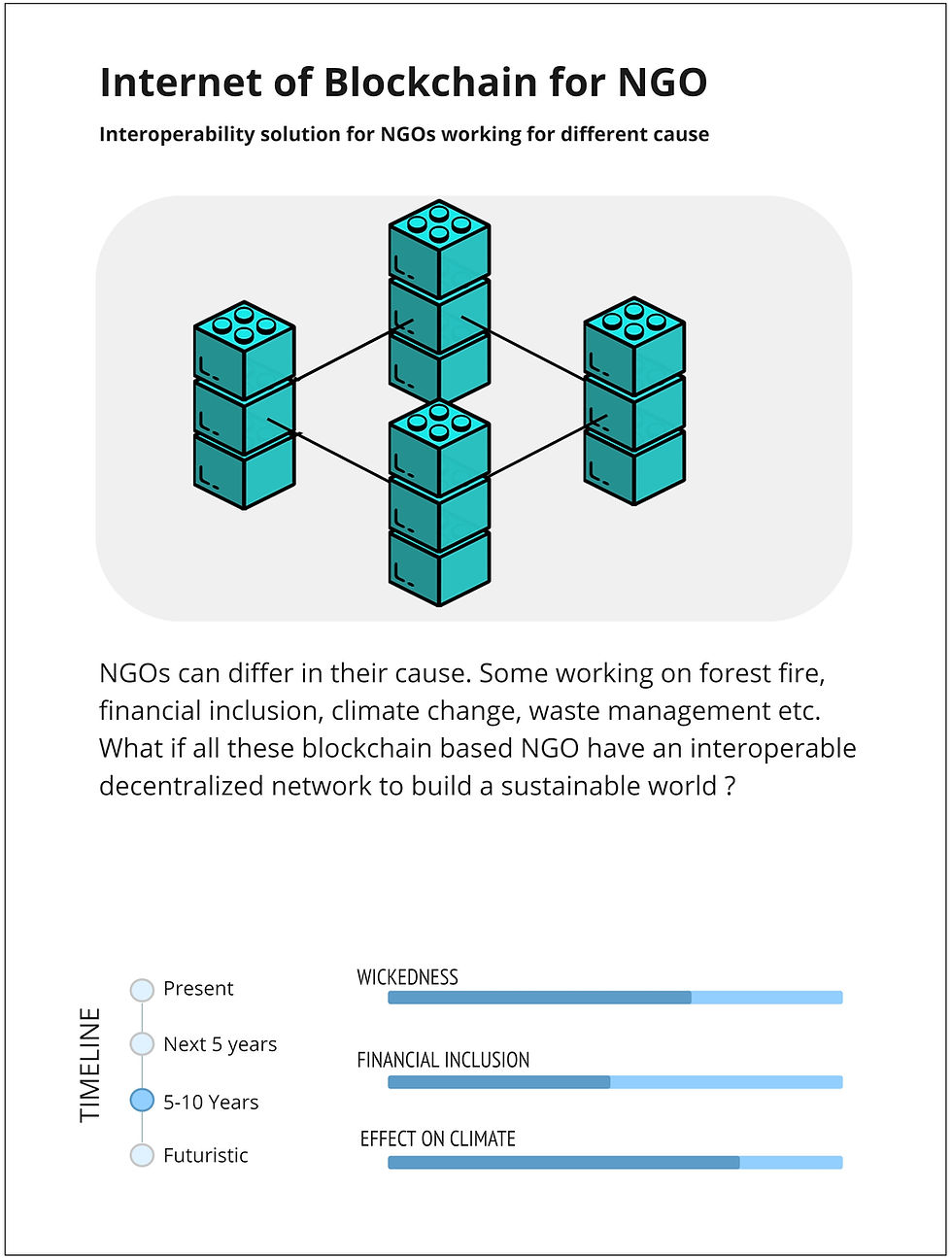Glance of Financial Inclusion
- Aug 3, 2021
- 2 min read
We came across many issues related to financial problems. India being a developing country with one of the biggest democracy, financial inclusion is the most persistent problem of the nation.

Financial inclusion means that individuals and businesses have access to useful and affordable financial products and services that meet their needs – transactions, payments, savings, credit and insurance – delivered in a responsible and sustainable way.
Financial access facilitates day-to-day living, and helps families and businesses plan for everything from long-term goals to unexpected emergencies. As accountholders, people are more likely to use other financial services, such as credit and insurance, to start and expand businesses, invest in education or health, manage risk, and weather financial shocks, which can improve the overall quality of their lives.

Financial inclusion has been identified as an enabler for 7 of the 17 Sustainable Development Goals.
However, close to one-third of adults – 1.7 billion – are still unbanked, according to the latest Findex data.
About half of unbanked people include women poor households in rural areas or out of the workforce

India’s flagship financial inclusion programme- Pradhan Mantri Jan Dhan Yojana (PMJDY) — launched in 2015 with a mission to provide a basic account to every adult— has significantly changed the demographics. According to the World Bank’s Global Financial Inclusion Database, or Global Findex report (2017) 80 percent Indian adults now have a bank account—27 points higher than the 53 percent estimated in Findex 2014 round. Findex 2017 estimates that 77 percent Indian women now own a bank account against respective 43 percent and 26 percent in 2014 and 2011.
The National Strategy for Financial Inclusion (NSFI) was launched in January 2020 to boost job creation, reduce vulnerability to economic downturns and increase investments in human capital.
Pradhan Mantri Jan Dhan Yojana (PMJDY) was launched in August 2014 to extend universal banking services to unbanked households.
Atal Pension Yojana was relaunched in May 2015 to provide pensions for employees in the unorganized sector.
Pradhan Mantri Suraksha Bima Yojana was launched in May 2015 to provide financial coverage to people in cases of death or disability due to accidents.
Bharat Interface for Money (BHIM), a mobile payment app, was launched in December 2016 and facilitates digital payments.
Financial Exclusion can be classified as :
Physical Access exclusion: is derived from the remoteness in which most of vulnerable groups live in, namely rural areas or even slums within urban settings.
Access exclusion: refers to the restriction to financial services through the processes of a risk assessment not fit for the reality of those excluded.
Condition exclusion: is where the conditions attached to the financial products (for example repayment terms) make them inadequate for the needs of certain groups.
Price exclusion: comes when some groups can only access to financial products or services at prices they cannot afford (namely interest rates or commissions).
Marketing exclusion: is when someone is effectively excluded by the marketing and sales policies of the Financial Institutions.
Self-exclusion: derives from individuals deciding that there is no gain in applying for financial services or products because they foresee rejection from the Financial Institutions; in summary, it can be interpreted as a negative self-selection bias.
These are the 6 pillars of Financial Inclusion which the companies or organizations focus on when designing services addressing it.

References and Bibliography




Comments